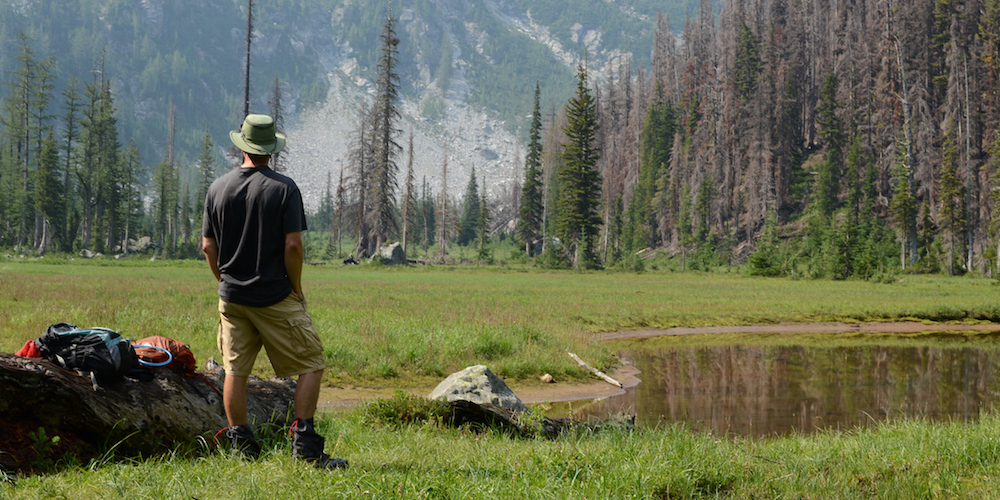
The following is a brief history of how and why Kai Staats developed the concept for SIMOC.
I am of that in-between generation, the one that grew up in the wake of the Apollo program, in the pages of Arthur C. Clarke, Asimov, Buckminster Fuller, and Bova, and the projection of Star Trek onto the phosphorous of television. When I was a child I believed without restraint that by the early 2000s we’d be living in vast underwater cities, in massive, rotating space stations, and on the surface of the Moon where razor-sharp shadows differentiate dark from light.
My generation and two before me have seen an overall rise in the global quality of living, an explosion in scientific exploration and technology, and unprecedented growth of the human population. We are also responsible for an incredible shrinking of empty spaces, demise of dark skies, daily death of language, and extinction of animal populations—all in the name of progress. Five decades after we left this planet we have failed to return to the Moon. And when asked if we should go to Mars, the most common response is “We have so many problems to solve right here!”
Yes, we need to better understand this planet and our impact on its fragile systems; we need to find a more balanced way of living or we will never reach the future envisioned by Roddenberry. But we evolved to wander and to wonder, to spread from pole to pole and learn as we go. With the continents principally explored, modern expeditions mine mountains of data and dive into the microbiome, double twists of DNA a mystery to unravel for each species sequenced. While I am one of those data explorers, keenly engaged in the discovery of patterns unseen by the human eye but given form through machine learning, I yet crave movement through the physical world.
For me, backpacking in Denali National Park and the Superstition Wilderness; repeat visits to the most remote village in the lower 48 states; and six weeks without direct human contact in the Colorado Rockies have offered a sense for how it might have been when the world was far less populated … and how it might be again when we reach for a new home.
In August 2011, I was nearing the end of a day’s drive from the Adirondacks to the coast of New Hampshire. I found no options for camping on the side of the road, as is often possible in the American Southwest. I was thankful for the last spot in a Good Sam’s campground, content to sleep in the back of my rental car to avoid a hotel. In walking along the narrow, dimly lit pathways, a few campfires burning, my vision was transformed. I didn’t see tightly packed RVs and tents, rather a community of travelers, explorers who came together to share this space for a brief period of time. It struck me then how this might be similar to the first generation of explorers who will take our species to other worlds, the first to become interplanetary.
How will humanity evolve on a new world? What will be the new social norms? How will we prosper, let alone survive?
Through informal research and writing, interviews of leaders in space exploration, and two weeks embedded in an MDRS mission, more focused questions and ideas took form. My writings Visions of a village on Mars and Human Off-World Exploration set a foundation for something that would, with time, gain support and funding.
In 2014 I developed concepts for an interactive, mathematical model of a closed ecosystem and coded a simple agent model in Python. With completion of my MSc in Applied Mathematics in 2016, I asked a new set of questions about the simulation of a closed ecosystem, and dove into the vibrant life support and bioregenerative research communities. With the support and guidance by colleagues Danny Jacobs and Judd Bowman, Associate Professors in cosmology at Arizona State University’s School of Earth & Space Exploration, we submitted a proposal to the Interplanetary Initiative in May of 2017, and SIMOC was funded. —Kai Staats, MSc, September 17, 2018

